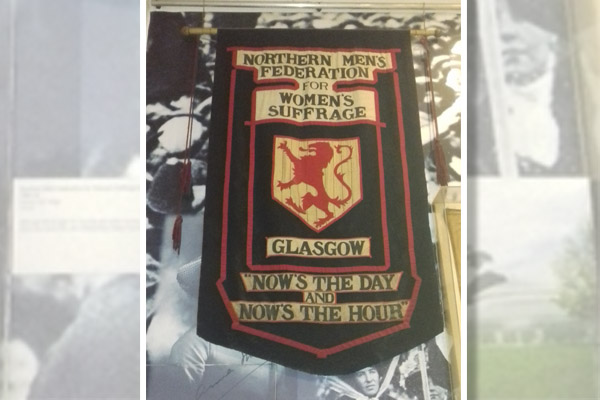Writing Tools: Balanced Storytelling

On the fiction desk we love reading a balanced story.
When I say “balanced”, it’s not only a story which has a beginning, middle, and end, but the storytelling components involved which make up a balanced plot.
In the world of the Friend, there has to be an element of hope present. It doesn’t mean to say there are always “happily-ever-after” endings, with couples swanning off into the sunset together. But if the readers know there is a promise of hope on the horizon by the time they get to the end, regardless of the twists and turns beforehand, then the balance – feel-good factor – is restored in their minds.
Hope & Intrigue
This is particularly relevant if it’s a story which deals with weightier themes such as courage or forgiveness. I always say to a writer, it’s not the subject matter of the story you should be wary of, but how you approach it. We’ve read stories where characters have had to deal with bereavement, but that doesn’t mean to say we would shy away from publishing such sensitive storytelling. Not if hope is present.
In the past, the Fiction Team have had to say no to writers because the offer of hope comes too late, or it is merely narrated by the writer, and the reader has little chance of identifying with the characters’ feelings. There still has to be balance present within a story for the reader to invest in the characters.
It’s not all to do with hope, though. Intrigue is another essential component of a balanced story. Some endings are signposted so early on that there is no impact by the time the reader reaches the end of a story.
Promise Of A Rainbow
Balance can also relate to elements of characterisation – dialogue-heavy stories can reflect a slight plot. And just because a character is speaking doesn’t mean a reader will automatically know more about them. The characters’ story goals have to be evident early on, which will help build up a description of who they are to the reader, and what they are striving for.
The same applies to a meandering narrative, where there is little in the way of the reader getting to know the characters. Such stories can often be likened to reading an essay.
Avoid clichés and “safe” storytelling. A balanced story will include components which make the reading experience an enjoyable, intriguing one.
And remember, in the land of Friend fiction the promise of a rainbow is as good as the rainbow itself.










